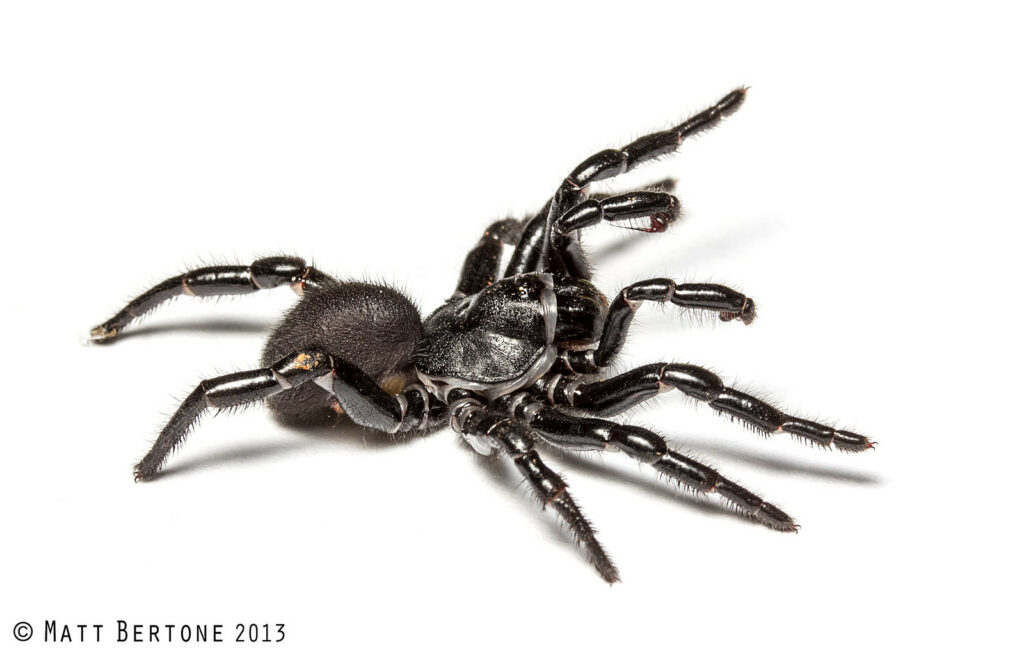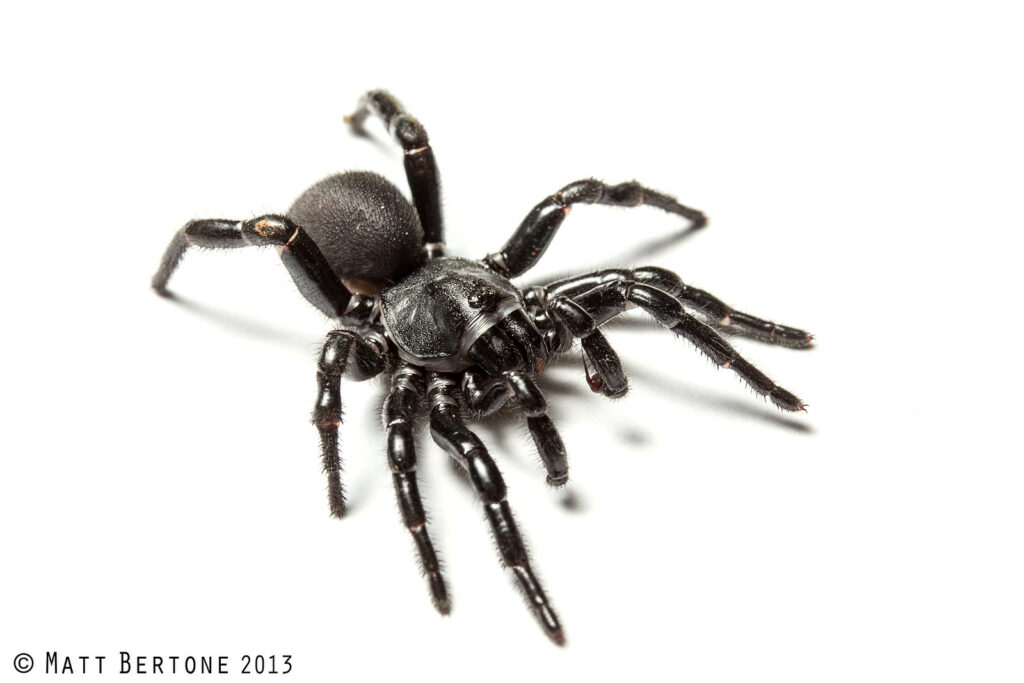Local Spiders Confused for Deadly Relatives
go.ncsu.edu/readext?871470
en Español / em Português
El inglés es el idioma de control de esta página. En la medida en que haya algún conflicto entre la traducción al inglés y la traducción, el inglés prevalece.
Al hacer clic en el enlace de traducción se activa un servicio de traducción gratuito para convertir la página al español. Al igual que con cualquier traducción por Internet, la conversión no es sensible al contexto y puede que no traduzca el texto en su significado original. NC State Extension no garantiza la exactitud del texto traducido. Por favor, tenga en cuenta que algunas aplicaciones y/o servicios pueden no funcionar como se espera cuando se traducen.
Português
Inglês é o idioma de controle desta página. Na medida que haja algum conflito entre o texto original em Inglês e a tradução, o Inglês prevalece.
Ao clicar no link de tradução, um serviço gratuito de tradução será ativado para converter a página para o Português. Como em qualquer tradução pela internet, a conversão não é sensivel ao contexto e pode não ocorrer a tradução para o significado orginal. O serviço de Extensão da Carolina do Norte (NC State Extension) não garante a exatidão do texto traduzido. Por favor, observe que algumas funções ou serviços podem não funcionar como esperado após a tradução.
English
English is the controlling language of this page. To the extent there is any conflict between the English text and the translation, English controls.
Clicking on the translation link activates a free translation service to convert the page to Spanish. As with any Internet translation, the conversion is not context-sensitive and may not translate the text to its original meaning. NC State Extension does not guarantee the accuracy of the translated text. Please note that some applications and/or services may not function as expected when translated.
Collapse ▲I’ve been getting a few emails and calls about large, menacing-looking black spiders that are often confused for exotic, and sometimes deadly, Australian Sydney funnel-web spiders (Atrax robustus). Rest assured, we are not being invaded by aggressively dangerous spiders here in North Carolina.
Although tarantulas and trapdoor spiders (Mygalomorphae) seem to be denizens of the tropics and deserts (not North Carolina), we actually have several species of these heavy-bodied spiders. We do not have true tarantulas, but a few groups of “trapdoor” type spiders thrive in the state. Some are classic trapdoor spiders like members of the genus Myrmekiaphila. Others (a personal favorite) are called purse-web spiders, since the spiders live in silken tubes and use their giant fangs to pierce through the tube when insects crawl on it. There’s even a tiny, endangered species found in the Western part of the state — the spruce fir moss spider.
The most common of these spiders in North Carolina are in the genus Ummidia and are called “cork-lid trapdoor spiders”. They are robust and about the size of a Gatorade cap (I would say silver dollar coin, but I’m not sure how many people recognize those these days!). Females of these and many trapdoors spiders never leave their tunnel, instead waiting for males to wander around to find them and mate. When people find females, it’s often due to digging in their yard and uncovering a burrow.
Most Ummidia that people see are males out looking for the burrows of females. Males will die after mating (unlike females) so they are on a mission and not happy when folks get in their way. Thus, they sometimes rear up and bear their fangs in a menacing way (see pic below). If they are further provoked or molested they can deliver a bite, but it’s not dangerous and not much more painful than a wasp sting. Bites, however, are uncommon and do not occur unless the spider is harassed.

Males Ummidia are often busy finding mates and don’t have time for you to get in the way. Thus they may rear up and show their fangs, ready to bite. Although aggressive they are not dangerous, and will gladly keep on their way if left alone.
North Carolina is home to four species of Ummidia and we should enjoy them as part of our state’s phenomenal biodiversity. We can also breathe easy knowing that they are not dangerous, especially compared to their superficially-similar cousins from Australia.



